The Battle of Britain was fought between the United Kingdom and Germany during the Second World War. It was an offensive by the German air force Luftwaffe, aimed to establish air superiority over the Royal Air Force of Britain to lay the ground for Adolf Hitler’s planned invasion of U.K. The German objective couldn’t be realized and their plan of an invasion was shelved. Hence the Battle of Britain is considered the first major defeat of Germany in the war. It allowed Britain, which was the last remaining major power in Europe, to stay in the conflict and is considered by some as a turning point in World War II. Battle of Britain got its name before it began and it was the first ever battle which was almost fought exclusively by air forces. Know about the causes, events, outcome, casualties and significance of one of the most famous battles of WWII through these 10 interesting facts.
#1 HITLER WANTED TO NEGOTIATE A PEACE TREATY WITH BRITAIN
World War II began in 1939 and from 10th May to 15th June in 1940, Germany defeated the Allied forces in a series of military operations to conquer France, Belgium, Luxembourg and the Netherlands, thus leaving Great Britain as the last standing major Allied power in Europe. From the time he rose to power, German Chancellor Adolf Hitler expressed admiration for Britain and sought for a peace treaty between Germany and Britain. A contingent of British politicians was in favour of securing British independence through diplomacy and without war. However, British Prime Minister Winston Churchill brushed off talks of surrender and rejected Germany’s proposal for a peace treaty.
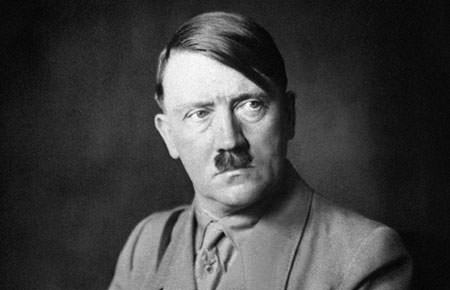
#2 BATTLE OF BRITAIN GOT ITS NAME BEFORE IT HAD BEGUN
Battle of Britain got its name before it was fought during the famous This was their finest hour speech delivered by Winston Churchill to the House of Commons on 18th June 1940, in which he stated, “the Battle of France is over … the Battle of Britain is about to begin”. There is no consensus about the exact dates of the Battle of Britain. It began with small scale raids at night in late June with the first daylight raids occurring on July 1. The battle intensified in July and the main assault took place from mid-August to mid-September. The British officially recognise the duration of the battle from July 10 to October 31, 1940 while the Germans regard it as a campaign lasting from July 1940 to June 1941
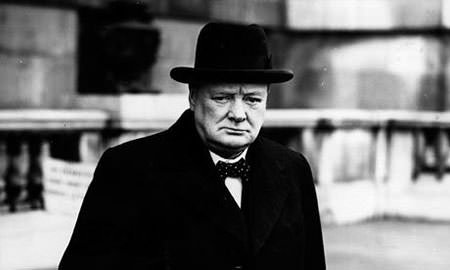
#3 GERMAN OBJECTIVE OF THE CAMPAIGN WAS TO ESTABLISH AIR SUPERIORITY OVER RAF
For invading England, Germany faced the arduous task of crossing the English Channel and fighting against Britain’s Royal Navy, which was considered superior to the Kriegsmarine, the navy of Nazi Germany. Germany made plans for an amphibious assault on Britain code-named Operation Sea Lion but Adolf Hitler believed to accomplish a successful invasion of Britain, Germany first needed to establish air superiority over the Royal Air Force (RAF) of the United Kingdom. The Battle of Britain was thus fought by the Germans to annihilate the RAF, to either lay ground for a successful invasion or to subjugate Britain to accept the German demand of negotiating a peace treaty.
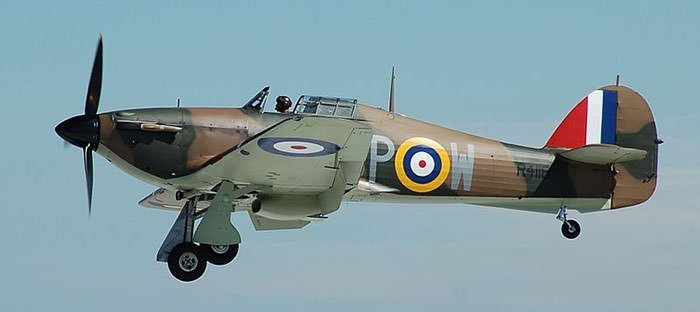
#4 IT WAS THE FIRST EVER BATTLE WHICH WAS FOUGHT EXCLUSIVELY BY AIR FORCES
The Battle of Britain was the first major military campaign fought almost exclusively by air forces. It pitted the famed Royal Air Force (RAF) of the United Kingdom against the Luftwaffe, the aerial warfare branch of the German armed forces which at the time was one of the most sophisticated, technologically advanced and battle-experienced air forces in the world. German fighter planes were the Messerschmitt Bf 109 and Bf 110. The British used the Hawker Hurricane and the Supermarine Spitfire with the Hurricanes outnumbering Spitfires by around 2:1. Germany’s primary dive bombers were Heinkel He 111, Dornier Do 17, Junkers Ju 88 and Junkers Ju 87. British dive bombers were Armstrong Whitworth Whitley, Handley-Page Hampden, Vickers Wellington, Bristol Blenheim and Fairey Battle.
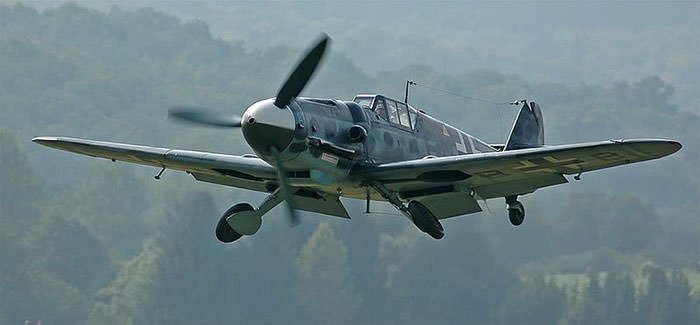
#5 AUGUST 15, 1940 IS CALLED “THE GREATEST DAY” OF THE BATTLE
The Battle of Britain began with small scale raids by the Germans in June 1940 and it intensified over the following month. On August 15, all three of the Luftwaffe’s air fleets carried out a coordinated onslaught for the first time. It saw the heaviest fighting of the battle and attacks ranged from Kent to Suffolk to east Yorkshire as well as all along the south coast. Luftwaffe launched the largest number of aircraft of the campaign on this day but was unable to achieve the desired result. In contrast, Luftflotte 5, one of the primary divisions of Luftwaffe, suffered so severely that it did not appear in strength again in the campaign. August 15 is referred to as the “The Greatest Day” of the battle.

#6 COMBINED LOSSES WERE MAXIMUM ON AUGUST 18, THE “THE HARDEST DAY”
On 18th August 1940, the Luftwaffe made an all-out effort to destroy the RAF Fighter Command. The air battles that took place on this day were among the largest aerial engagements in history at that time. The Germans attacked airfields at Biggin Hill, Kenley, Croydon and West Malling. The raid on RAF Kenley caused severe damage with all 10 of its hangars and several aircraft being destroyed. RAF outperformed the Luftwaffe in the air, achieving a favourable ratio of 2:1 but a number of RAF aircraft were destroyed on ground making the losses for both sides nearly equal. 71 German aircraft and 68 British aircraft were destroyed. The combined losses were more than at any other day during the campaign due to which August 18 has been dubbed as “The Hardest Day”.
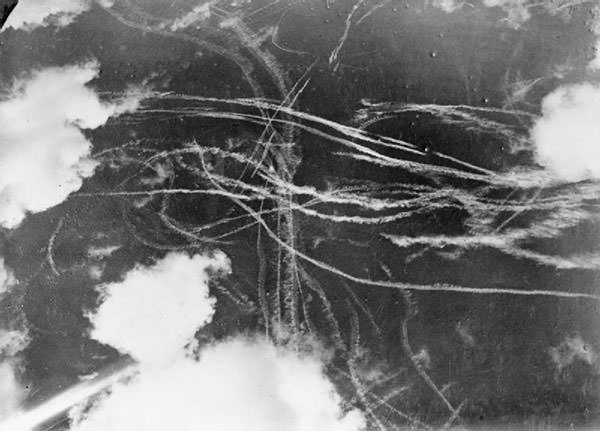
#7 LONDON WAS BOMBED BY THE LUFTWAFFE ON 71 OCCASIONS DURING THE BLITZ
On August 24, German night bombers aiming for RAF airfields accidentally destroyed several London homes, leading to the death of civilians. The following night, Berlin was bombed by the RAF leading to casualties among its civilian population. Adolf Hitler, who was previously against bombing British civilian targets, gave the go ahead for a revenge attack on London. From 7th September 1940 to 21st May 1941, 16 British cities were bombed by the Luftwaffe with London being attacked 71 times. More than one million London houses were destroyed or damaged and around 40,000 civilians were killed, almost half of them in London. These bombings are referred to as The Blitz (‘lightning war’). The Blitz failed to demoralize Britain into surrender or cause significant damage to its war economy.
#8 LUFTWAFFE WAS DECISIVELY REPULSED ON 15TH SEPTEMBER 1940
On 15th September 1940, the Luftwaffe launched its largest and most concentrated attack against London to shatter RAF’s resistance and open the way for a successful invasion. It was a day of heavy and sustained fighting and the Germans suffered their highest losses since 18 August. Around 60 German aircraft were downed by the RAF. The action on September 15 is considered a decisive defeat for the Luftwaffe and the climax of the Battle of Britain. For this reason, the date is celebrated in the United Kingdom as Battle of Britain Day. A few days later Hitler shelved Operation Sea Lion and though the night campaign continued till May 1941, this was Germany’s last major attack during the day.
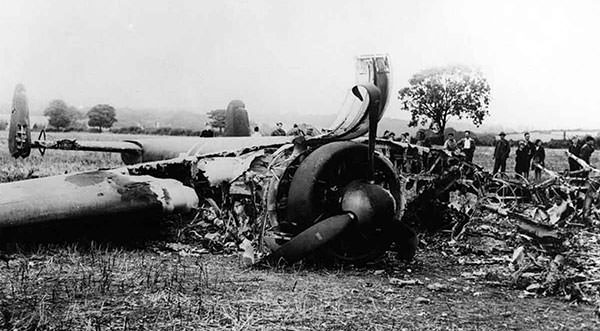
#9 MORE THAN 15% OF RAF PILOTS WERE NOT BRITISH
According to RAF statistics, 1,023 British aircraft and 1,887 German aircraft were destroyed during the Battle of Britain. 1542 of the RAF aircrew and 2585 of the Luftwaffe aircrew were killed. There were around 90,000 civilian casualties. 2,900 RAF pilots served in the Battle of Britain of which only around 2,350 were British. The rest were natives of Commonwealth territories such as Canada, Australia, New Zealand and South Africa as well as those belonging to countries which had been conquered by Germany like Poland, Czechoslovakia and Belgium. The Polish No. 303 fighter squadron destroyed 126 German aircraft, which was more than any other Allied unit involved in the battle. RAF’s most successful pilot of the Battle of Britain was Eric Stanley Lock, a British who destroyed at least 20 German aircraft and probably 7 more.

#10 BATTLE OF BRITAIN WAS THE FIRST MAJOR DEFEAT OF GERMANY IN WORLD WAR II
With failure of Germany to establish air superiority, the Battle of Britain was the first major defeat of Hitler’s military forces and is regarded by several historians as a crucial turning point of the Second World War. The RAF achieved a great victory in preventing the plan of Nazi Germany to knock Great Britain out of the war. Britain was thus able to stay in the conflict providing the Allied forces an important base in Europe, and four years later the Allies launched their successful invasion of Nazi-occupied Europe, known as Operation Overlord, from British shores. Winston Churchill summed up the effect of the battle and the contribution of RAF with the words, “Never in the field of human conflict was so much owed by so many to so few”. Pilots who fought in the battle have since been known as The Few.
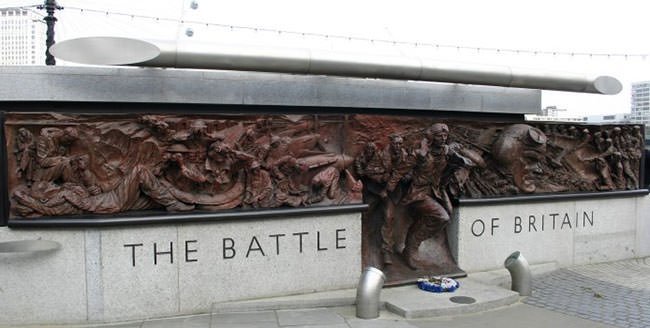
SAVIOUR OF THE BUCKINGHAM PALACE
During the Battle of Britain, on 15 September 1940, RAF Sergeant Ray Holmes was flying a Hawker Hurricane fighter when he spotted a German Dornier bomber heading in the direction of Buckingham Palace. Holmes had already used up all his ammunition, but instead of retreating, he steered his Hawker Hurricane straight at the Dornier and cut the tail off the bomber with his wing. The German bomber crashed near Victoria tube station. Holmes’ Hurricane was also wrecked but he managed to survive. The incident was partially captured on film and Ray Holmes was hailed as a national hero who saved the Buckingham Palace.

